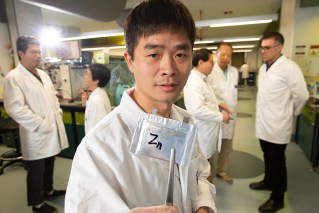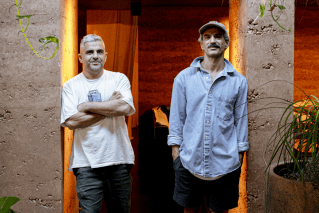Once a showpiece, why is this Brisbane lake now among world’s most polluted?
A Queensland lake is among the most polluted in the world when it comes to microplastics – and an expert warns others are likely to be in a similar state.

A landmark international study has looked at concentrations of extremely small plastic particles in 38 freshwater lakes across 23 countries.
Researchers detected microplastics in even the most remote lakes.
Some of the worst affected lakes had concentrations higher than those around vast garbage patches that have formed in the sea.
The study found the sixth most polluted was Forest Lake, an urban reservoir on the outskirts of Brisbane with about three plastic particles per cubic metre of water.
While that’s significantly less than the worst performer – Lake Lugano, a glacial lake on the border between Switzerland and northern Italy with almost 12 parts per cubic metre – it’s still “right up there and cause for concern”.
That’s according to David Hamilton, from Griffith University’s Australian Rivers Institute, who was a co-author on the study.
He says Forest Lake, while man-made, is fairly typical of urban lakes and it could point to similar problems at others in Australia that are highly affected by human activity.
The 10.9-hectare recreational lake was constructed as the centrepiece of the suburb of Forest Lake, Brisbane’s first master-planned community.
It’s ringed by open public space but beyond that, it’s a dense urban area.
The lake receives stormwater runoff from the heavily-used built environment which Professor Hamilton says is likely to be the predominant microplastics source.
“It’s what I’d call a typical urban lake,” he says.
“It suffers a number of other problems, one of which has been major algal blooms (driven by nutrient-rich runoff) … those reflect what is done by humans in the catchment.
“I would say Forest Lake is going to be no different to any other system with similar numbers of people.”
Prof Hamilton, who serves on an expert group working to resolve Forest Lake’s problems, says the study is a red flag as the world grapples with its ever-increasing plastics crisis.
“Essentially lakes are like sentinels,” he says.
“Because water stays in lakes for a long period of time, they start to reflect the way we interact with the environment, and particularly what we do in catchments.
“The microplastic concentrations were much higher than many of us anticipated, and exceeded the so-called garbage patches in the ocean, which makes sense in a way because the ocean is going to dilute things but things sit within lakes.”
The study, published in the journal Nature, found some of the most contaminated lakes were important drinking water sources for local communities.
Forest Lake was the only Australian site included.
It’s not used for drinking water but does flow into tributaries of the Brisbane River which pumps water into Moreton Bay, where commercial and recreational fishing occurs.
Prof Hamilton says people should care because plastic pollution is an escalating menace, and the pollutant’s presence in human bodies and in the plants and animals humans eat is not fully understood.












